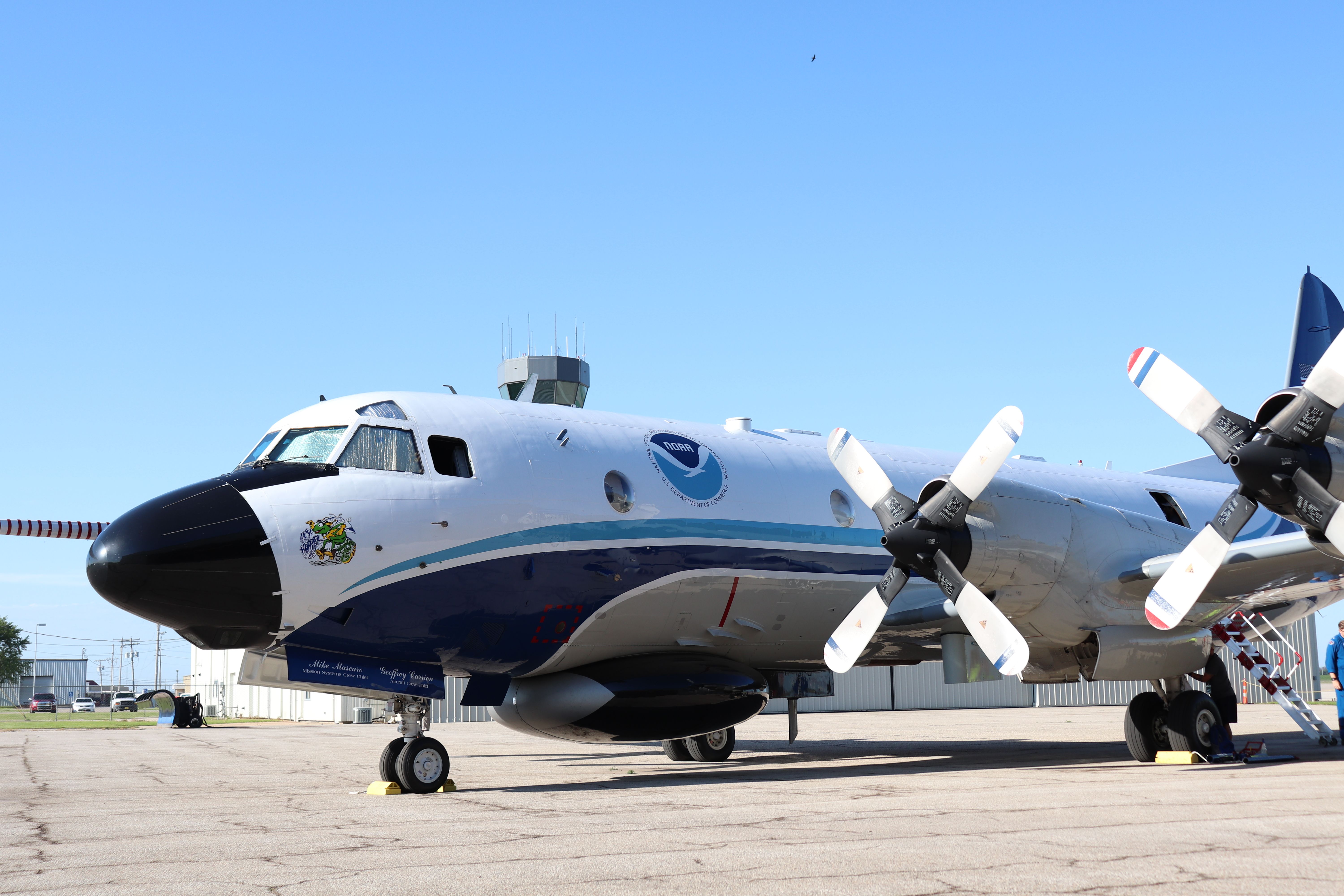
Summary
- The NOAA deployed several “Hurricane Hunters” to monitor Hurricane Beryl.
- The Lockheed WP-3D Orions “Kermit” and “Miss Piggy” gather crucial data on hurricanes from lower-altitude missions.
- The NOAA’s Gulfstream GIV-SP “Gonzo” conducts high-altitude surveillance of incoming storms.
On Sunday, June 30, the National Oceanic and Atmospheric Administration (NOAA) officially deployed two aircraft in its fleet. These aircraft are considered Hurricane Hunters, and both of the aircraft were deployed near the Atlantic Ocean to monitor the incoming hurricane, Hurricane Beryl. On Monday, July 1, the NOAA deployed its third aircraft to assist in monitoring the powerful hurricane.
First deployment
As previously mentioned, the NOAA initially deployed two aircraft in its fleet. These were each Lockheed WP-3D Orions. The first aircraft is registered as N42RF, but it goes by the nickname “Kermit.” The second aircraft is registered as N43RF, but it goes by the nickname “Miss Piggy.” These aircraft are large turboprop-powered planes that were first acquired brand-new in the 1970s.
Specifically, these two aircraft are crucial in monitoring incoming hurricanes and providing valuable data that assists in predicting the path of the storm. The two WP-3D Orions typically conduct low-altitude missions that help fill the gap between wind measurements and atmospheric conditions that may not be readily available from ground technology or satellite technology.
“Kermit” and “Miss Piggy” are also equipped with a wide range of radars, instrumentation, and other recording systems. These include lower fuselage (LF) radar systems, tail Doppler radar (TDR) systems, and step-frequency microwave radiometers (SFMRs). This extensive technological array helps the aircraft measure ocean depths and temperatures, provide MRI-like scans of incoming storms, and measure radiation emitted by seafoam.
Follow-on deployments
After each of the Lockheed WP-3D Orions were deployed, the NOAA sent out a supporting aircraft. This aircraft is a Gulfstream GIV-SP that is registered as N49RF. However, this aircraft is nicknamed “Gonzo”. This converted business jet has been fitted with some incredibly important technology that is crucial to monitoring incoming storms.
Typically, the GIV-SP will fly higher-altitude surveillance missions near incoming hurricanes. To help with surveying large storms, the aircraft is fitted with high-tech instruments, such as a GPS dropwindsone and a tail Doppler radar (TDR) system. This helps the aircraft monitor the pressure, temperature, wind speeds, and humidity of incoming storms. This information is crucial in predicting how powerful the incoming hurricane is and where it will most likely be headed.
The NOAA has several other aircraft in its fleet. However, due to the dangers of incoming storms, these are not always deployed near hurricanes. Other aircraft in the fleet include three Beechcraft King Air 350s and four De Havilland Canada DHC-6-300 Twin Otters.

